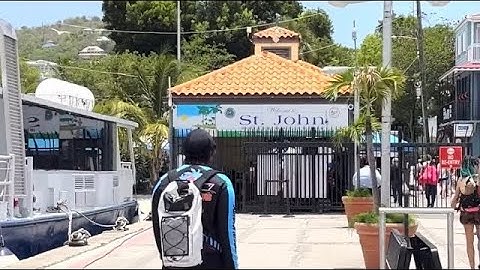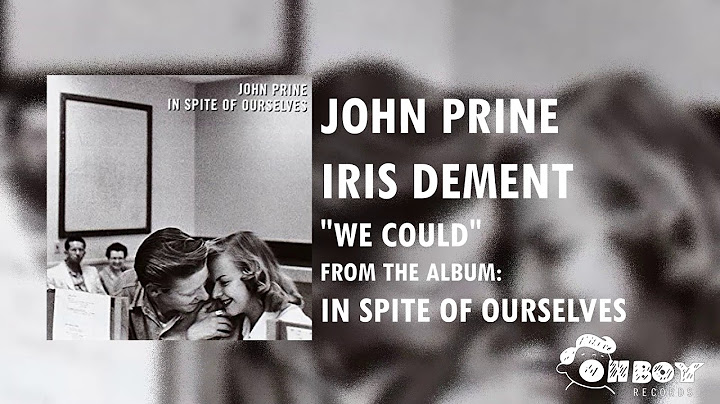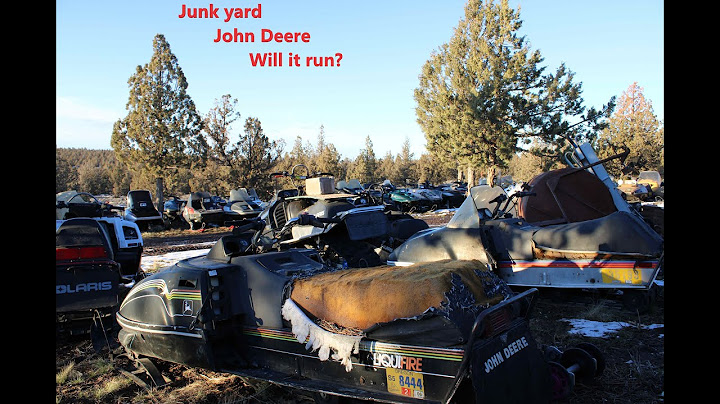In 1965, British blues artist John Mayall enlisted Eric Clapton – then a rising guitar virtuoso – to join his band, the Bluesbreakers. While their musical partnership would only last for one album, the guitarist’s imprint was mighty. Affectionately known as “the Beano album” (as it features Clapton reading the British comic on its jacket cover), 1966’s Bluesbreakers forever changed the landscape of rock music. Show In 1965, 20-year-old Eric Clapton was already one of the UK’s most buzzed-about guitarists. His distinctive guitar stylings reflected his love of American blues music and were particularly influenced by artists like Freddie King, Buddy Guy, and B.B. King. After two years of playing with the Yardbirds, however, Clapton found himself dissatisfied with the group’s shift towards a pop-forward sound and left to join the UK’s premier pure blues outfit, John Mayall’s Bluesbreakers. A fixture on the British blues sceneMayall – a guitarist, singer, keyboardist, and harmonica player – had been a fixture in the British blues scene for more than a decade, and had recently relocated from Manchester to London to take advantage of the capital’s buzzing blues scene. In 1963 he formed the Bluesbreakers, alongside drummer Peter Ward (soon replaced by Martin Hart, followed by Hughie Flint), bassist John McVie (of future Fleetwood Mac fame), and guitarist Bernie Watson (replaced shortly after by Roger Dean). While the band, which still exists today, underwent a record-breaking amount of lineup changes, the Bluesbreakers long served as an incubator to some of the most talented names in rock and blues, including Mick Fleetwood, Aynsley Dunbar, Dick Heckstall-Smith, Mick Taylor, Peter Green, and Tony Reeves, among many others. Listen to Bluesbreakers now. Early on, the Bluesbreakers scored a dream gig of backing blues legend John Lee Hooker on his UK tour. Not long after, they were spotted by a Decca staff producer, Mike Vernon, who persuaded the label to sign the band. Their first single, “Crawling up the Hill,” was released in April 1964. Nearly a year later, they released their live debut, John Mayall Plays John Mayall. Although the album failed to chart, their first studio LP would be a very different story. In April 1965, Clapton joined the Bluesbreakers, replacing Roger Dean. While he departed months later (forming another band and touring Greece), the young guitarist rejoined in October – and Mayall wasted no time getting to work on their next release. Initially, he planned to record another live album, in order to document the energy of Clapton’s out-of-this-world guitar solos. A set was captured at Soho’s Flamingo Club, with Clapton’s future Cream bandmate, Jack Bruce, on bass. Unfortunately, the quality of the recording was poor, leading the group to pivot to a studio setting. In May 1966, Mayall, McVie, Flint, and Clapton set up shop at Decca Studios in West Hampstead with Vernon (who would go on to helm albums by David Bowie, Ten Years After, and Fleetwood Mac) at the controls. Paying tribute to the greatsRecreating their live shows, the band devoted more than half of their tracklist to blues standards, including Otis Rush’s “All Your Love,” Freddie King’s “Hideaway,” Robert Johnson’s “Ramblin’ on My Mind” (featuring Clapton’s first solo lead vocal), and Little Walter’s “It Ain’t Right.” They also performed a spirited cover of Ray Charles’ 1959 hit, “What’d I Say.” Driven by Mayall’s dexterous work on the Hammond B3 organ, the song features an impressive drum solo by Flint and finds Clapton paying homage to The Beatles’ “Day Tripper.” In addition to the covers, the Bluesbreakers recorded several originals, including Mayall’s “Key to Love,” “Have You Heard,” “Another Man,” and the Mayall/Clapton-penned “Double Crossing Time.” Bolstering the group’s work was a trio of horn players, who Vernon brought in during post-production for added texture. Throughout the album, Clapton delivered a fiery performance on his 1960 Gibson Les Paul Standard, playing it at maximum volume through a Marshall 1962 2x12 combo amplifier and generating plenty of distortion – a novel sound at the time, outside of the electric blues scene. Clapton’s tone was so unique, that it led to the use of the album’s name to refer to both the guitar and the amp models (“the Blues Breaker” or “Beano” Les Paul and the Marshall Bluesbreaker). Hideaway (Mono Instrumental) Click to load video Bluesbreakers was released on July 22, 1966, and proved to be the breakthrough that Mayall was seeking, landing at No.6 on the UK album charts in its first week. Musically, it captured a short, magical moment in time – one that could never be repeated. Before Bluesbreakers even hit record stores, Clapton had already quit the band to form Cream with Ginger Baker and Jack Bruce. Rock and Roll Hall of Famer Peter Green (who formed Fleetwood Mac a year later) stepped in as his worthy replacement. More than half a century later, Bluesbreakers endures as a cornerstone in the blues-rock genre, while its influence can be heard in countless recordings that followed. Clapton’s contributions, meanwhile, instantly secured his standing as one of the era’s most innovative players and reverberated for decades to come. Listen to Bluesbreakers now. When did Eric Clapton play with John Mayall and the Bluesbreakers?Eric Clapton was invited by John Mayall to join his band, John Mayall's Blues Breakers, in April 1965. By August, Clapton left the band to travel the world with friends as a working musician. He returned after two and a half months.
Who played with John Mayall and the Bluesbreakers?Originally from Macclesfield, he began his career in 1963 when he moved to London and formed John Mayall & the Bluesbreakers. The band's original lineup included Mayall on vocals, keyboards and harmonica, guitarist Bernie Watson, bassist John McVie and drummer Peter Ward.
Who played guitar on mists of time?The album's most captivating track, "The Mists Of Time,” is a beautiful Mayall original that lasts almost eight minutes while "Dirty Water” is another high point, given Mayall's moody, Bayou-esque guitar, near-ghoulish vocals, stirring harmonica, plus witty lyrics from the pens of Buddy and Julie Miller.
What bands was Eric Clapton in?What bands was Eric Clapton in? Eric Clapton was part of the Yardbirds, Bluesbreakers, Cream, Blind Faith, and Derek and the Dominos.
|

Related Posts
Advertising
LATEST NEWS
Advertising
Populer
Advertising
About

Copyright © 2024 toptenid.com Inc.


















